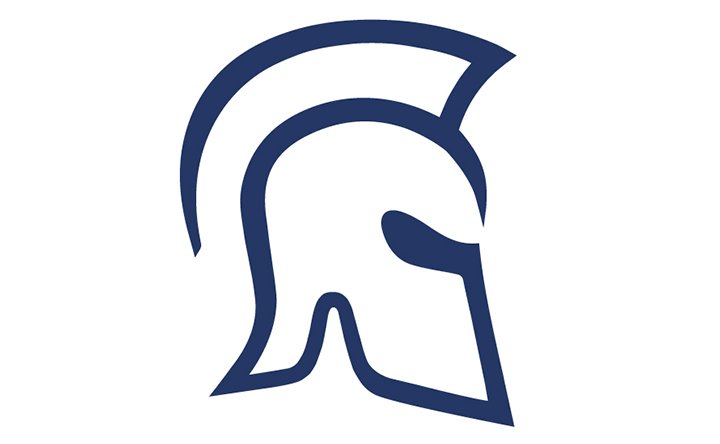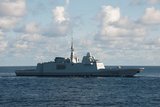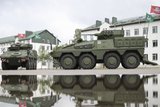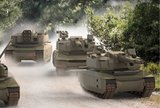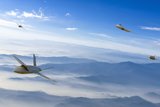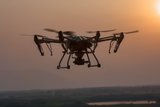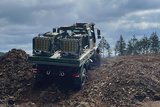Enabling Main Battle Tanks to defend, move and fight (Sponsored)
For nearly four decades, Pearson Engineering has equipped combat engineers around the world with rapidly interchangeable front-end attachments to meet the needs of the mission.
This article is brought to you by Pearson.
For nearly four decades, Pearson Engineering has equipped combat engineers around the world with rapidly interchangeable front-end attachments to meet the needs of the mission. Building on this approach, which has been proven across the globe on heavy, medium, and lightweight platforms, Pearson Engineering is now turning its attention to equipping combat vehicles in the same way.
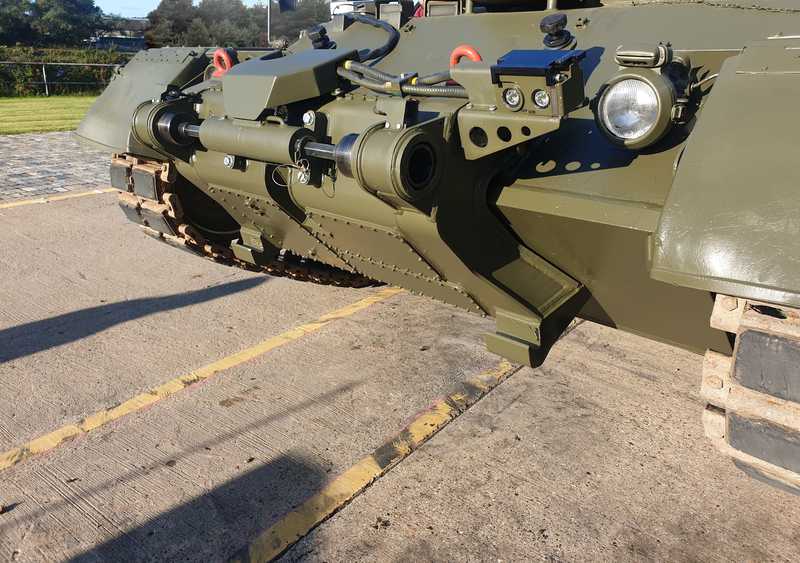
Recognising that combat engineers cannot be everywhere, all of the time, particularly in increasingly complex and dispersed conflict environments, SLICE has been developed to enable the integration of equipment to defeat ordnance and obstacles to combat vehicles without permanently changing their mission or modifying those vehicles.
Traditionally called a ‘Battalion Counter-Mine Set’, such equipment has typically required permanent modification of the vehicle to enable integration. Whilst this is a proven concept with its own benefits, SLICE provides enhanced flexibility and crucially, reduced impact on vehicle survivability as a ‘plug and play’ interface.
Integration of SLICE is achieved with simple attachment points, designed to meet the vehicle geometry and NATO slave socket. SLICE contains within it all other electric and hydraulic processes to facilitate the integration and operation of the equipment.
Once integrated, equipment can be attached, operated, and released simply in field conditions and without any special tools.
Whilst the integration benefits are clear, SLICE also delivers a tactical advantage.
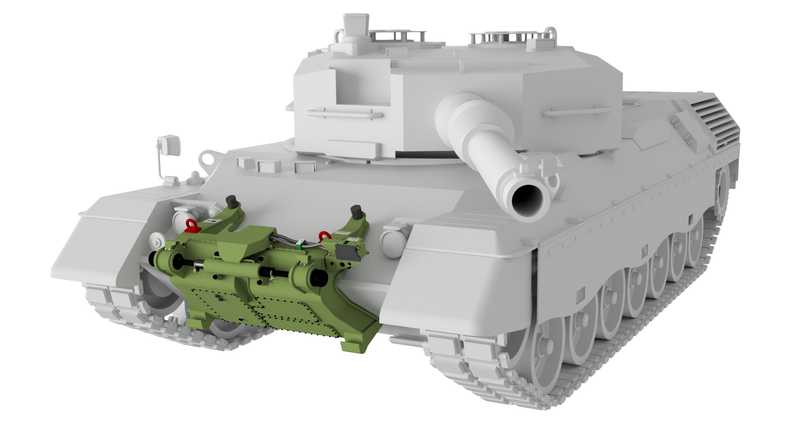
Such simple integration methods mean that any vehicle of the same type and geometry can use a SLICE and add front-end equipment, providing high levels of mission flexibility, and enabling Commanders to scale quickly according to combat requirements.
Further, front-end equipment can be pooled between vehicles with different roles, meaning that Armoured Engineering Vehicles and Main Battle Tanks can share equipment to overcome natural and deliberate obstacles.
Whilst it is unlikely that a Main Battle Tank or other combat vehicle would be deployed to deliberately clear a minefield, providing it with the capability to do so, when it needs to be somewhere, enhances the Armed Force’s ability to respond to rapidly changing situations and to overcome the tactics of adversaries.
This leaves Armoured Engineers free to concentrate on specialist tasks in support of the wider force. Armoured Engineering Vehicles will also no longer clearly signal direction of travel and intent, providing a muddied picture to adversaries and supporting freedom of manoeuvre.
Three types of equipment are typically used with combat vehicles, including:
Self-Protection Mine Plough
The Pearson Engineering Self Protection Mine Plough, or ‘Track Width Mine Plough’ as it is commonly known, moves concealed or buried mines and improvised explosive devices away from the vehicle’s tracks to create a safe route.
Self-Protection Roller
Pearson Engineering Self-Protection Rollers are designed to exert the necessary forces into the ground to initiate live pressure fused Improvised Explosive Devices across the track width of the vehicle.
These roller types are temporarily fitted to the front of a vehicle which is going to be used in an area where there is a possibility of Improvised Explosive Devices. Ground-engaging wheels reach out significantly ahead of the vehicle to detonate the threat before the vehicle wheels reach it. This capability has saved countless lives and can be tailored to meet the very specific needs of the end-user.
General Purpose Blade
The General Purpose Blade is designed to overcome obstacles such as roadblocks. It can also be used to create tank scrapes to take cover in contested areas where survivability is key.
To find out more about Pearson Engineering’s approach to enabling Main Battle Tanks and other Combat Vehicles, please visit www.pearson-eng.com
More from Industry Spotlights
-
![The future is here: Sixth-gen air dominance]()
The future is here: Sixth-gen air dominance
How RTX is equipping the military airspace – for today’s fleet and tomorrow’s fight.
-
![De-Risking the Future: Manufacturing Certainty for Unmanned Systems]()
De-Risking the Future: Manufacturing Certainty for Unmanned Systems
How strategic manufacturing partnership solves the industrialisation triad — Scale, Compliance and Cost — for hyper-growth defence tech innovators.
-
![Battlefield mobility, made in the UK]()
Battlefield mobility, made in the UK
How does Britain ensure that we can preserve the lives of our soldiers and allies – now and in the future – with homegrown innovation and resilient domestic manufacturing? At Pearson Engineering, we are proud to be a central part of the answer to this increasingly important question.
-
![Strengthening Baltic defence capabilities]()
Strengthening Baltic defence capabilities
How Latvia is bolstering its territorial defences, industrial capacity and international cooperation with Dynamit Nobel Defence’s SKORPION2 Remote Mining System.
-
![Barco’s vision to trust: from past to future]()
Barco’s vision to trust: from past to future
Barco’s story is one of constant evolution enabling more immersive, reliable, and future-ready training experiences.
-
![How are next-generation ejection seats helping pilots when they need it most?]()
How are next-generation ejection seats helping pilots when they need it most?
The ACES 5 ejection seat from RTX’s Collins Aerospace introduces new, innovative and patented technologies to help save lives.









